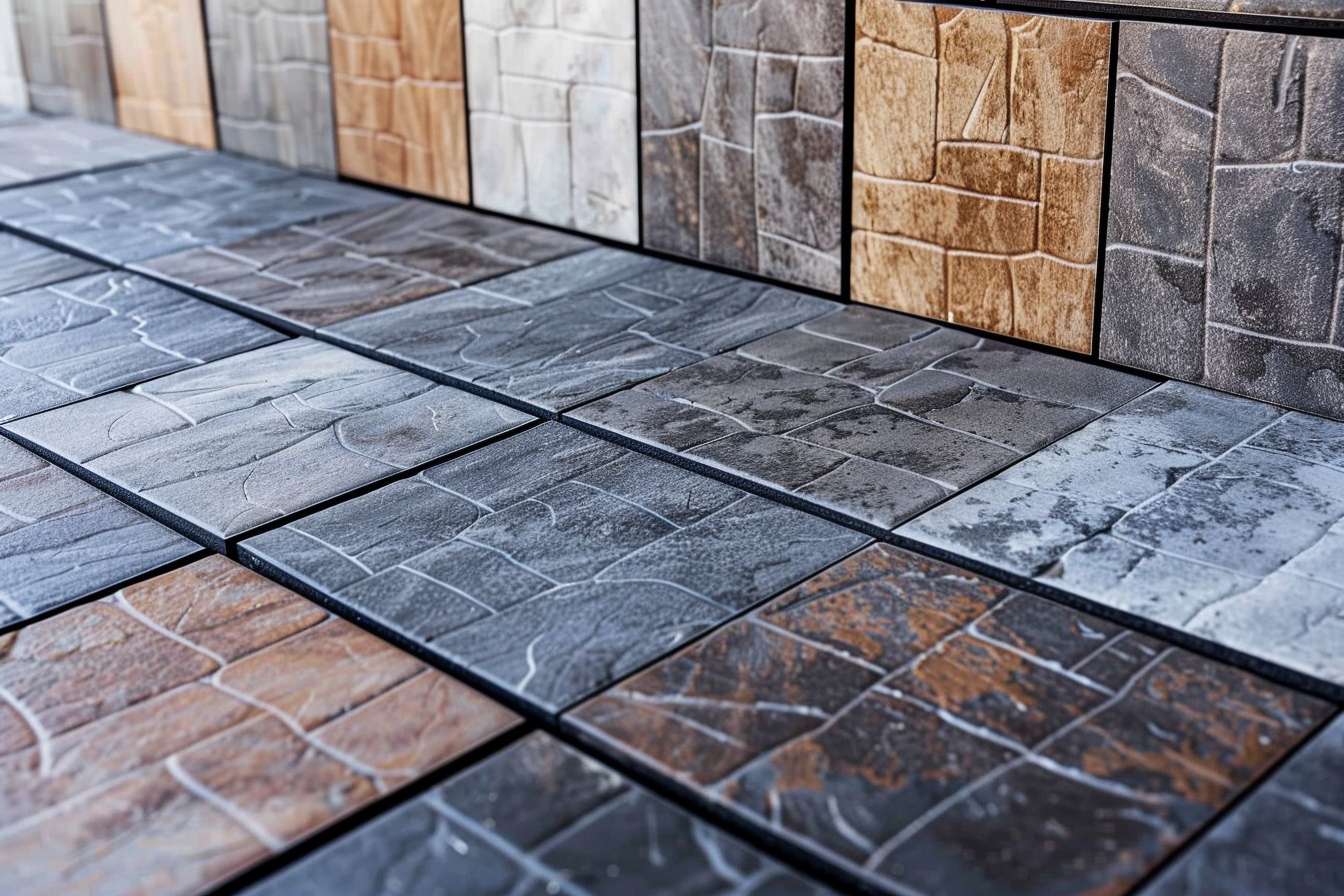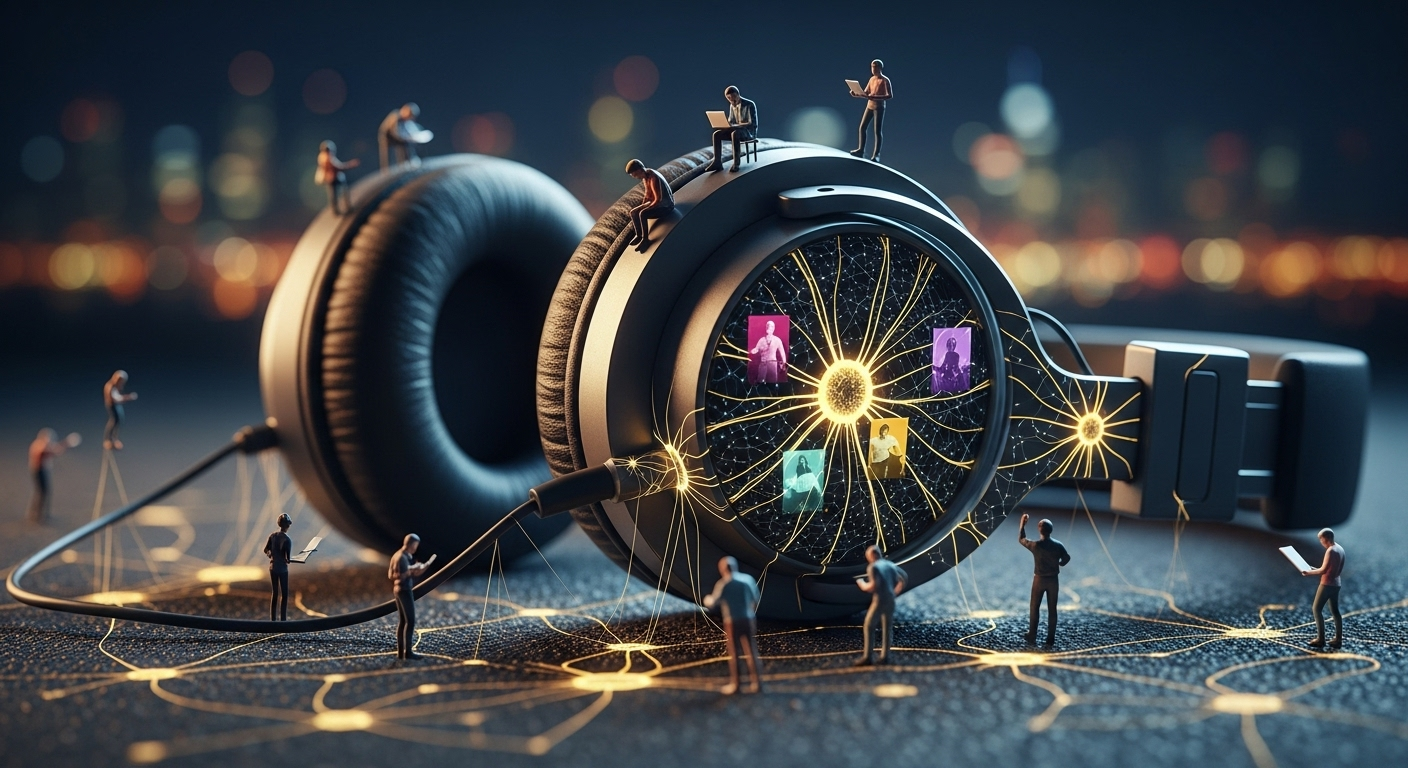Holographic Sculptures: The Next Frontier in Public Art
In the ever-evolving landscape of artistic expression, a groundbreaking medium is captivating audiences and transforming public spaces. Holographic sculptures, once confined to the realm of science fiction, are now emerging as a powerful form of public art. These ethereal creations blend cutting-edge technology with artistic vision, challenging our perceptions of space, light, and reality. As cities around the world embrace this innovative medium, holographic sculptures are redefining the boundaries of public art and offering new possibilities for creative expression in urban environments.

From Science to Sculpture
The transition from scientific curiosity to artistic medium was gradual, with holographic art initially confined to galleries and museums. However, recent advancements in projection technology and computer-generated imagery have paved the way for large-scale, outdoor holographic installations. These developments have allowed artists to create immersive, interactive experiences that blur the lines between the physical and digital realms.
The Rise of Public Holographic Installations
In recent years, cities across the globe have begun commissioning holographic sculptures for public spaces. These installations range from ethereal figures that seem to float above city squares to dynamic, interactive displays that respond to environmental factors or audience participation. Notable examples include the shimmering holographic waterfall in Seoul’s Gwanghwamun Square and the ever-changing light sculpture atop London’s Shard building.
Technical Challenges and Innovations
Creating holographic sculptures for public spaces presents unique technical challenges. Artists and engineers must contend with varying light conditions, weather elements, and the need for robust, long-lasting equipment. Recent innovations in weatherproof projection systems and advancements in real-time rendering technologies have made it possible to create stable, high-quality holographic images in outdoor environments. Additionally, the development of transparent LED screens has opened up new possibilities for integrating holographic elements into architectural structures.
The Impact on Urban Design and Public Engagement
Holographic sculptures are reshaping the way we interact with public spaces. Unlike traditional statues or murals, these dynamic installations can change over time, reflecting different moods, seasons, or cultural events. This adaptability allows cities to create flexible, multi-purpose spaces that can serve diverse community needs. Moreover, the interactive nature of many holographic sculptures encourages public engagement, turning passive observers into active participants in the artistic experience.
Environmental Considerations and Sustainability
As the popularity of holographic public art grows, so too does the concern for its environmental impact. While these installations consume energy for projection and computing, many artists and city planners are exploring sustainable solutions. Solar-powered projection systems and energy-efficient LED technologies are being developed to minimize the carbon footprint of these installations. Some artists are even incorporating environmental data into their designs, creating sculptures that visualize air quality or local ecosystem health, thus raising awareness about environmental issues.
Cultural Significance and Artistic Expression
Holographic sculptures offer artists unprecedented freedom to explore concepts of space, time, and perception. The medium allows for the creation of ephemeral, shape-shifting forms that challenge our understanding of materiality and permanence. This has led to a new wave of artistic expression that addresses contemporary issues such as identity, technology, and the nature of reality itself. Cultural institutions and public art programs are increasingly recognizing the potential of holographic sculptures to engage audiences in novel ways and spark meaningful conversations about art and society.
The Future of Holographic Public Art
As technology continues to advance, the possibilities for holographic sculptures seem limitless. Research into volumetric displays and light field technology promises to create even more convincing three-dimensional images without the need for special viewing equipment. The integration of artificial intelligence could lead to holographic sculptures that evolve and adapt in real-time based on audience interactions or data inputs. As these technologies mature, we can expect to see holographic public art become an increasingly integral part of urban landscapes, transforming our cities into dynamic, interactive galleries.





